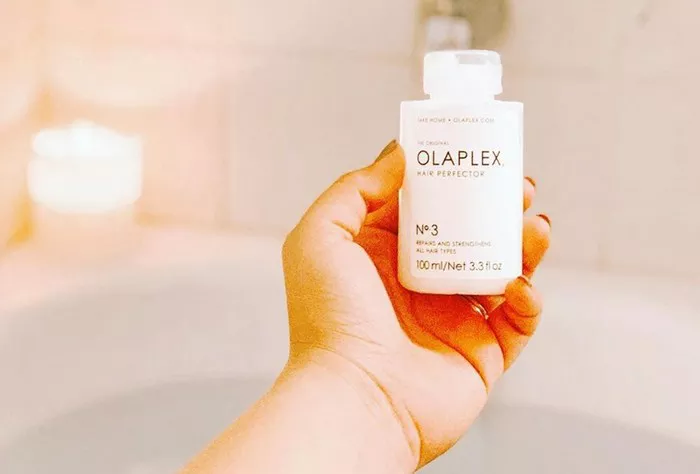Keratin treatments have gained immense popularity in recent years for their ability to transform frizzy, unruly hair into silky, manageable locks. However, if you’ve had a keratin treatment and are now looking to revert to your natural hair texture or switch to a different style, you may be wondering how to safely remove the treatment. In this comprehensive guide, we’ll explore the methods and steps to effectively strip keratin treatment from your hair without causing damage. Your journey to reclaiming your natural hair begins here.
Understanding Keratin Treatment
Before diving into the removal process, it’s essential to understand what a keratin treatment is and how it affects your hair. Keratin is a protein naturally found in your hair, nails, and skin. Keratin treatments, also known as Brazilian Blowouts, involve applying a formula that contains a high concentration of keratin to your hair and sealing it with heat. This process smoothens the hair cuticle, making it appear sleek and frizz-free.
See Also: Unlocking the Magic: What Does a Flat Iron Do to Your Hair?
The Reasons for Keratin Treatment Removal
There are various reasons why you might want to remove a keratin treatment:
1. Transitioning to Natural Hair:
If you want to embrace your natural hair texture or move away from the sleek look, removing the treatment is the first step.
2. Reapplying a Different Treatment:
If you wish to switch to a different hair treatment, it’s essential to remove the existing keratin treatment to ensure the new product adheres properly.
3. Treatment Wear-Off:
Over time, keratin treatments naturally wear off, and you may notice your hair returning to its original state. In such cases, you can expedite the process of removal.
Safe and Effective Keratin Treatment Removal
Here are the steps to safely remove keratin treatment from your hair:
1. Clarifying Shampoo:
Begin by using a clarifying shampoo, which is designed to remove product buildup and impurities from your hair. Use warm water and lather the shampoo thoroughly, focusing on the treated areas.
2. Vinegar Rinse:
Apple cider vinegar is an excellent natural remedy for breaking down keratin treatment. Mix equal parts water and apple cider vinegar and apply it to your hair. Leave it on for 5-10 minutes, then rinse thoroughly.
3. Hot Oil Treatment:
Heat a natural oil like coconut or olive oil and apply it generously to your hair. Cover your hair with a shower cap and leave it on for at least 30 minutes. The heat will help break down the keratin treatment. Afterward, shampoo and condition as usual.
4. Professional Assistance:
If you’re unsure about removing the treatment yourself or have concerns about damage, consult a professional stylist who specializes in keratin treatments. They can assess your hair and recommend the best removal method.
Post-Removal Hair Care
After successfully removing the keratin treatment, it’s crucial to focus on restoring your hair’s health:
1. Deep Conditioning:
Use a deep conditioning treatment to replenish moisture and nourishment to your hair. This will help repair any dryness or damage caused during the removal process.
2. Trimming Split Ends:
It’s common to have some split ends after a keratin treatment removal. Schedule a trim to get rid of these split ends and promote healthy hair growth.
3. Regular Maintenance:
To maintain the health and integrity of your hair, adopt a hair care routine that suits your natural texture. Use products designed for your specific hair type and avoid excessive heat styling.
Embrace Your Natural Beauty
Lastly, remember that your natural hair is beautiful and unique. Embrace your natural texture, and explore different styles that make you feel confident and comfortable in your own skin. Whether you have curly, wavy, or straight hair, there’s a world of possibilities awaiting you.
In conclusion, removing a keratin treatment from your hair can be a manageable process when done correctly. Understanding the treatment, using safe removal methods, and prioritizing post-removal care are all essential steps in achieving the results you desire. By following these guidelines, you can safely transition back to your natural hair and maintain its health and vitality. Your journey to embracing your natural beauty begins with informed choices and proper care.


